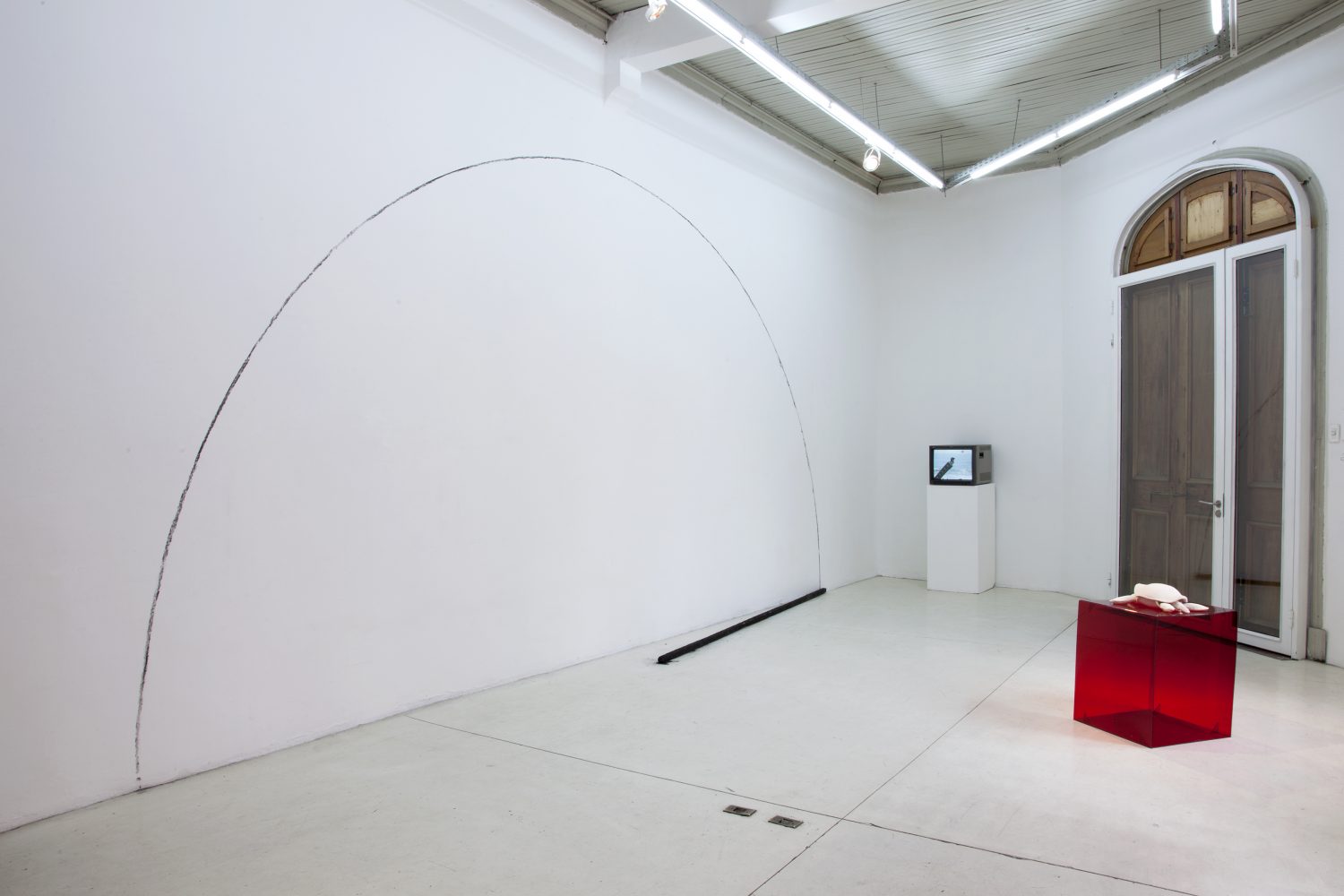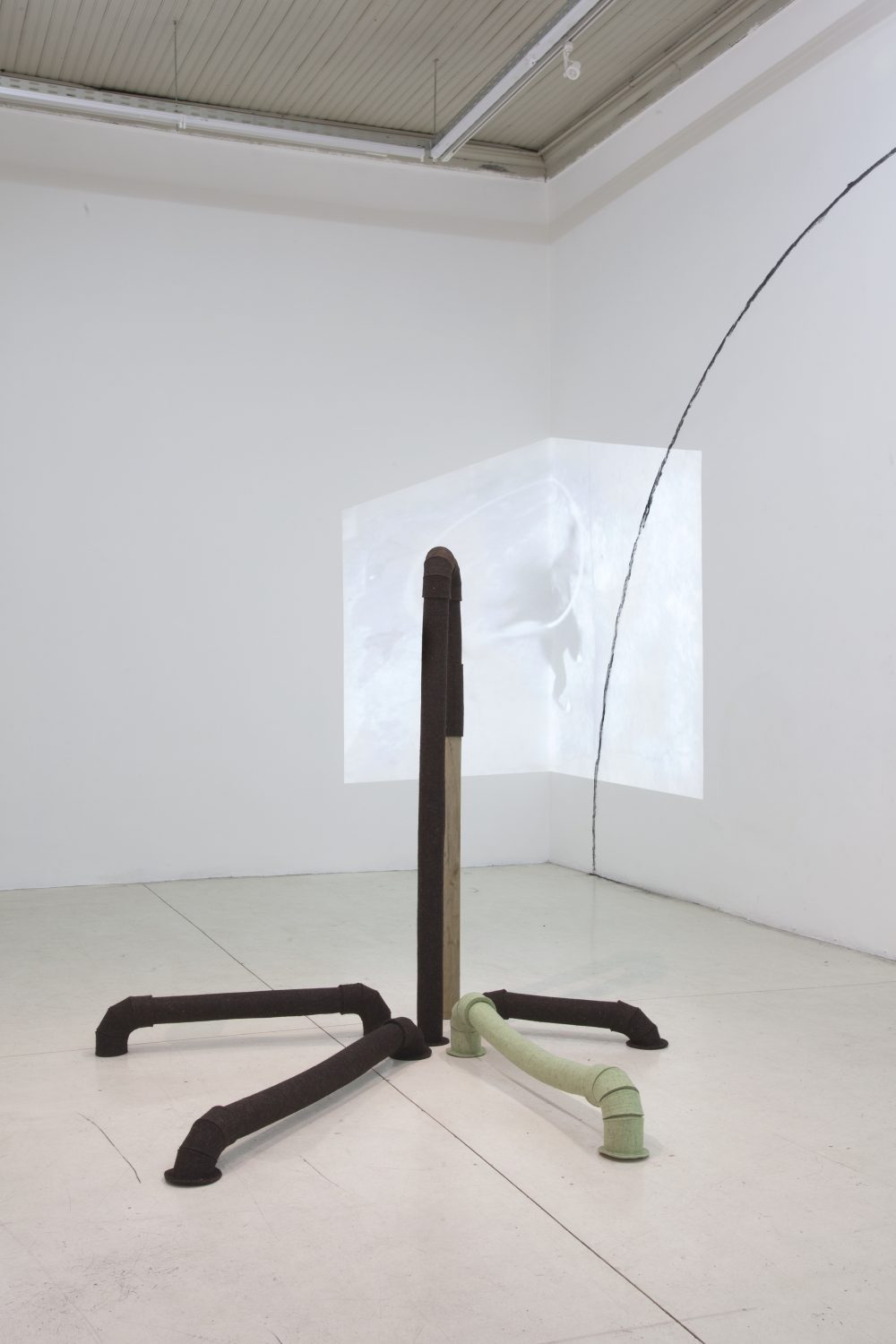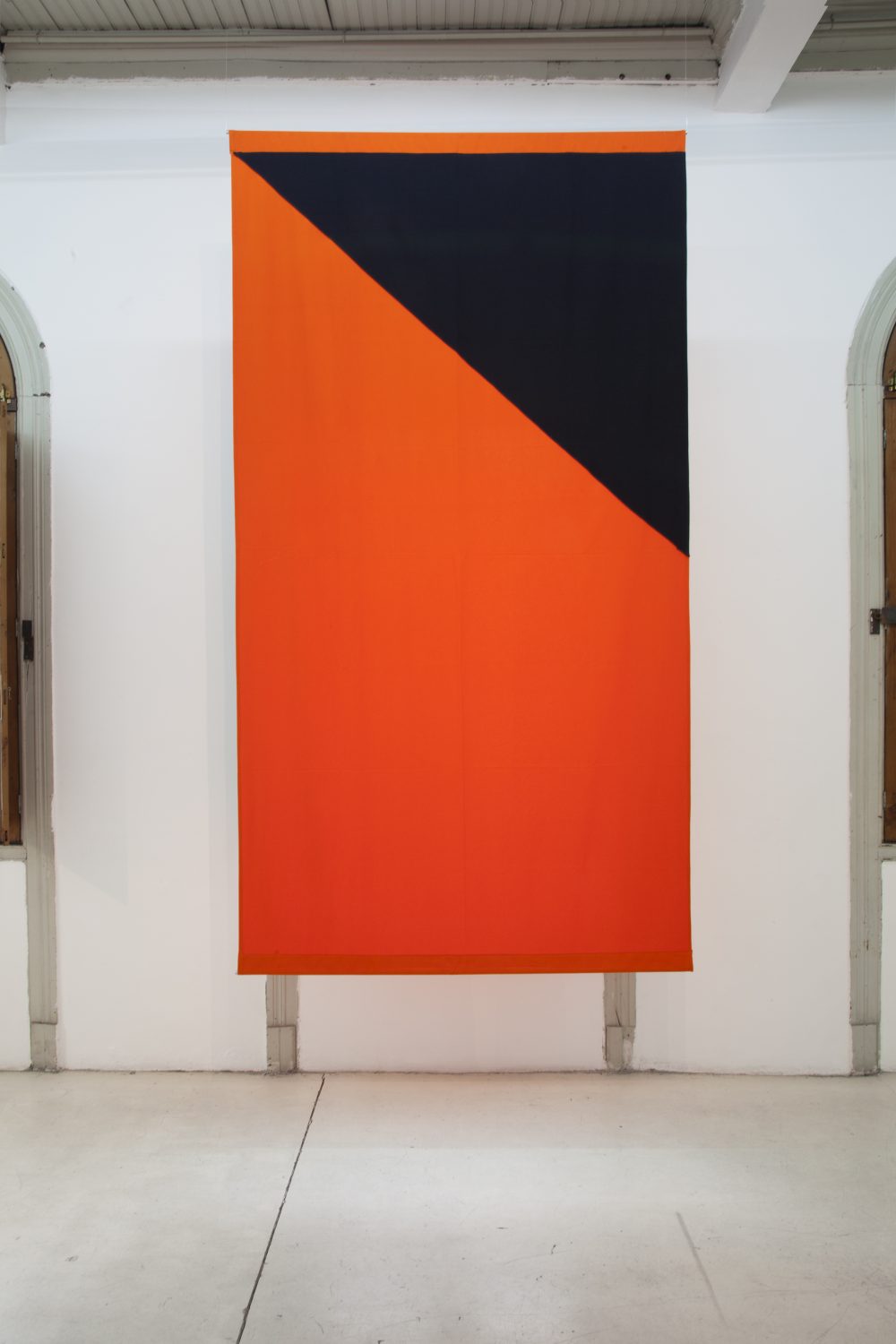2015 NIDO O ÁTOMO, HE AQUÍ LA ESTRELLA
Installation views, Nido o átomo. He aquí la estrella
Group show organized by Felipe Mujica and Johanna Unzueta
Die Ecke Arte Contemporáneo, Santiago de Chile
September 4 – October 10, 2015
Prticipating artists: Margarita Azurdia, Felipe Mujica, Jorge González, Ana Maria Millan, Javier Tellez, and Johanna Unzueta
^^^^^^^^^^^^^^^^^^^^^^^^^^^^^^^^^^^^^^^^^^^^^^^^^^^^^^^^^^^^^^^^^^^^^^^^^^^^^^^^^^^^^^^^^^^^^^^^
^^^^^^^^^^^^^^^^^^^^^^^^^^^^^^^^^^^^^^^^^^^^^^^^^^^^^^^^^^^^^^^^^^^^^^^^^^^^^^^^^^^^^^^^^^^^^^^^
Press release: Nido o átomo. He aquí la estrella, is a group show organized by Johanna Unzueta and Felipe Mujica with the participation of Margarita Azurdia, Jorge González, Ana María Millán, and Javier Téllez. The exhibition takes its name from a fragment, in an X formation, of a poem by Vicente Huidobro. Verse and drawing, concrete and non-narrative, from the micro to the macro, with an infinitely small point at its center.
From its conception, the exhibition was considered as a research and learning exercise, even as a riddle, about what is labeled as Latin American Geometric Abstraction. Although there is a well known and official history this exhibition intends to explore new paths, detours, and avoid common places. Formal rigor can be complemented even questioned by animal imaginary, the corporeal or festive and political vindications.
This is how from the Guatemalan artist, Margarita Azurdia, who worked between the 60s and 90s’, a selection of images that document her work is complemented by her presence, her pose, in each photograph. The slideshow becomes a documentation of the development and maturity of both her work and her persona. Following a similar path realized by Lygia Clark, Azurdia’s work begins as pure and concrete yet it ends up in an ephemeral body of work, action-based, participative, and therapeutic. By contrast, Jorge Gonzalez, from Puerto Rico, is showing may be the most minimal work in the exhibition. A large 3-meter piece of wood was burnt, using the charcoal of its surface two large semi-circles were drawn on the walls. This human compass gesture seems very abstract yet it can function as an open door to Gonzalez’s complex body of work, in which he combines an interest in the history of modernism with botanical studies and in between one can also see his full fascination for traditional handcraft techniques – as gestures of technical autonomy and respect towards the natural world. A bit stranger is the inclusion of a sculpture by Ana María Millán, a Berlin-based Colombian artist. Resting over an acrylic base, that somehow reminds us of the 1980s’ Neo Geo esthetic, is a ceramic made sea turtle, more or less life-size and hand made by the artist. A simple and absurd clash, between the exotic and the geometric/concrete, specifically in relation to certain public sculptures. As another sensorial gesture are several sculptures and a projected video by Johanna Unzueta. Her pipe-based sculptures stand on the floor, surrounding something and standing up. They are something in between lines and animals that dialogue. The video is an 8mm film transfer in which a young woman, seen from above, dances an improvised choreography with hula hoops. The rhythm, simplicity, and elegance of her “dance” deliver us a circle in constant movement. Felipe Mujica presents an orange curtain, installed in front of a window as a way to accentuate as much as possible its color saturation. The piece, close to being nothing, places abstract painting, geometry, and the history of the monochrome in the borderline of the domestic. It’s color in space, and simultaneously a curtain. Finally, the work of Javier Tellez, New York-based Venezuelan artist. Without a doubt, this is the less geometric work in the show, and the most political, which doesn’t mean that one can exist without the other. In the video, a group of patients from a psychiatric hospital in Tijuana participate in a march that ends as a defiant act to the concept of national borders. Its closing and climax consist of the propelling of a bullet man who flies – in a semi-circular trajectory – from Mexico to the United States, crossing the border fence located on the beach. This last semi-circle rebounds, amplifies and distorts the other works’ geometric-abstract content.
This exhibition had a previous version titled A Rehearsal, at the gallery space of International Studio and Curatorial Program de Nueva York (ISCP). There, as its title reveals, the idea was to realize a rehearsal of an exhibition, to install works as part of a process and not as a final result. The current exhibition at Die Ecke could also be another version of a path. The same idea of this exhibition could eventually grow and evolve in the close or faraway future. As a nest, like an atom, as a star.
….







